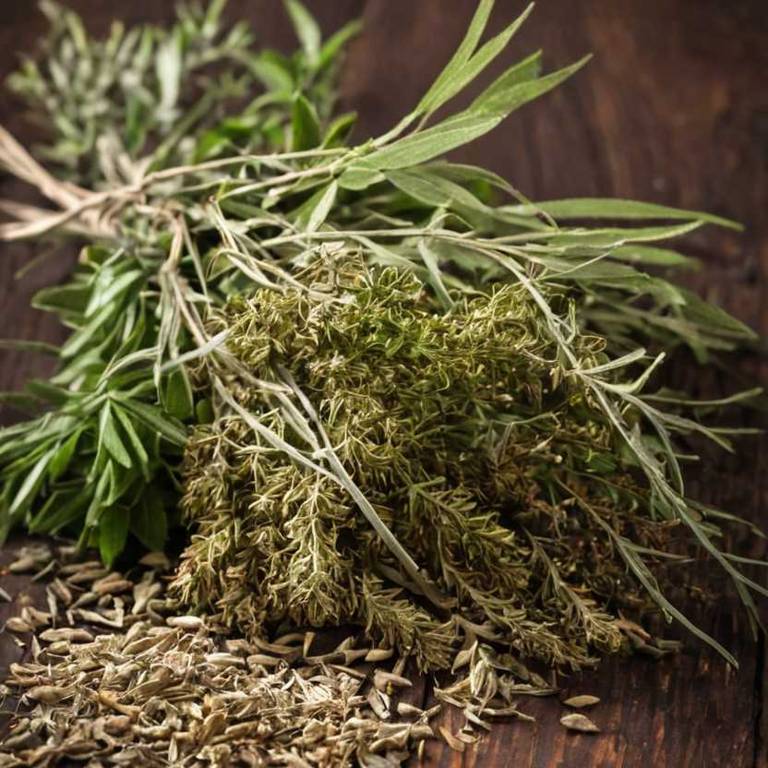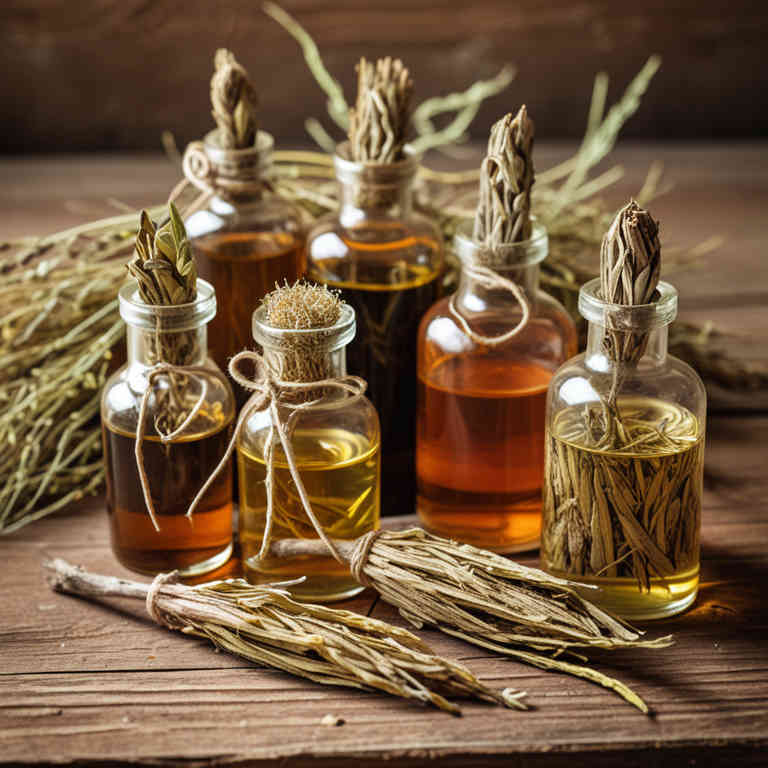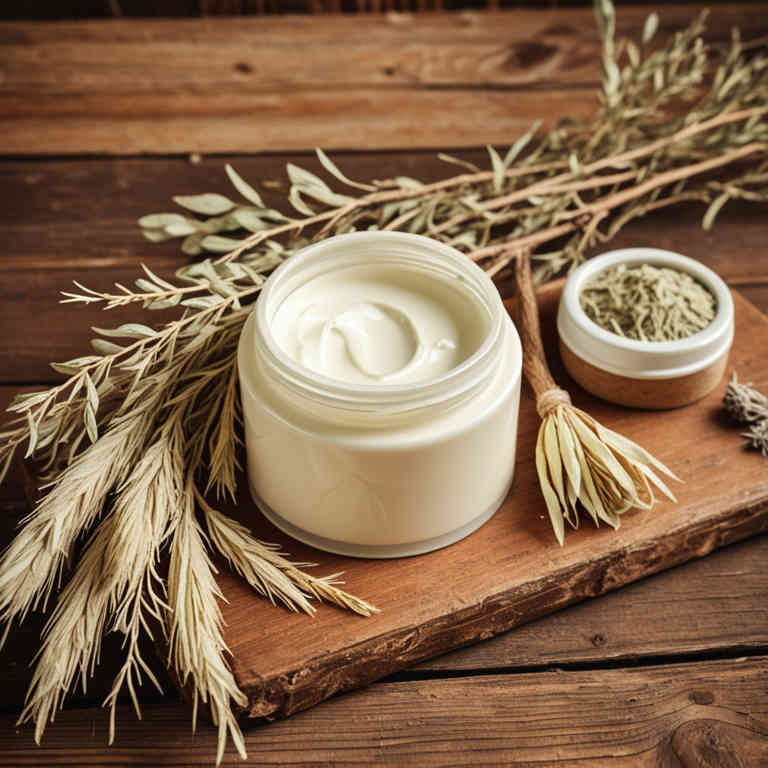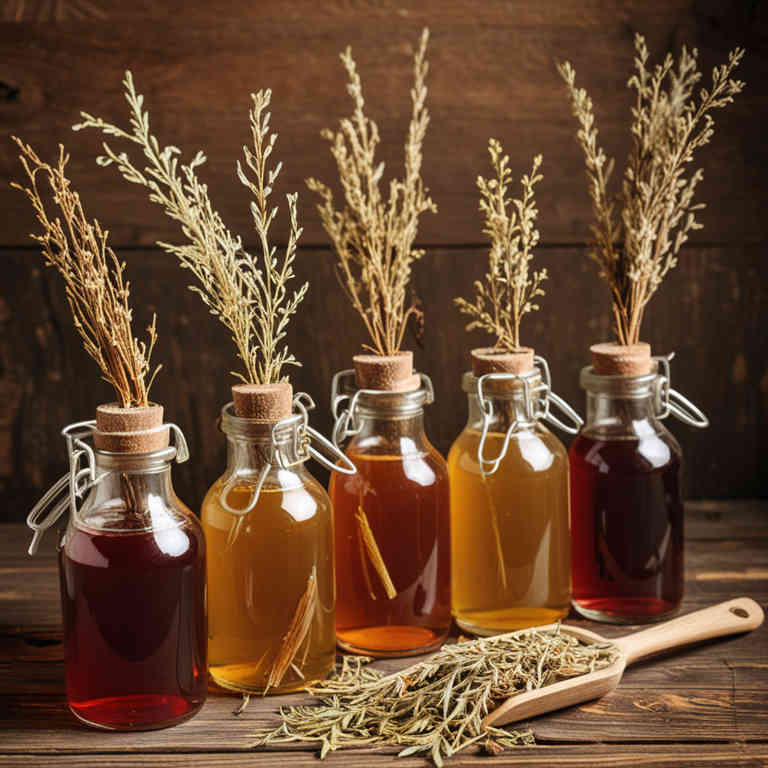10 Best Salix Alba Preparations

The best medicinal preparations of Salix alba are teas, decoctions, tinctures, mucillages, and oils, each offering unique therapeutic benefits.
Teas made from the bark or leaves are commonly used to reduce fever and inflammation.
Decoctions, which involve boiling the bark, are effective for extracting more potent compounds.
Mucillages, derived from the bark, are used as soothing demulcents for respiratory and digestive issues.
Oils infused with Salix alba are valued for their anti-inflammatory and skin-soothing properties.
Below there's a list of the 10 best herbal preparations of salix alba for medicinal purposes.
- 1. Teas
- 2. Decoctions
- 3. Tinctures
- 4. Mucillages
- 5. Oils
- 6. Creams
- 7. Syrups
- 8. Capsules
- 9. Lozenges
- 10. Oinments
1. Teas
Salix alba teas is commonly used to relieve symptoms of respiratory tract infections, such as coughs, bronchitis, and sore throats, due to its anti-inflammatory and antiseptic properties.
It is also used to reduce fever and ease symptoms of arthritis and other inflammatory conditions. The most common medicinal uses of Salix alba teas include treating respiratory infections, reducing inflammation, and alleviating pain. The bioactive constituents responsible for these effects include salicin, which is converted into salicylic acid in the body, as well as flavonoids, tannins, and essential oils.
These compounds contribute to the tea’s ability to reduce inflammation, fight infections, and provide mild analgesic effects.

2. Decoctions
Salix alba decoctions is commonly used to treat inflammatory conditions, respiratory infections, and skin disorders due to its anti-inflammatory, antiseptic, and astringent properties.
These decoctions are frequently employed to alleviate symptoms of arthritis, bronchitis, and eczema. The bioactive constituents responsible for these effects include salicin, flavonoids, tannins, and essential oils, which contribute to the plant's therapeutic actions. Salicin, in particular, is known to be a precursor to aspirin and plays a key role in reducing pain and fever.
Additionally, the tannins in the decoction help in reducing inflammation and promoting wound healing.

3. Tinctures
Salix alba tinctures is commonly used to treat inflammatory conditions, respiratory infections, and skin disorders.
These preparations are often employed for their anti-inflammatory, antiseptic, and analgesic properties. They are frequently applied topically for wounds, eczema, and arthritis, and ingested for colds, coughs, and fever. The bioactive constituents include salicin, which is metabolized into salicylic acid, and flavonoids, which contribute to antioxidant and anti-inflammatory effects.
Additionally, tannins and essential oils in the tinctures support their antimicrobial and soothing actions.

4. Mucillages
Salix alba mucillages is commonly used to treat gastrointestinal disorders, respiratory conditions, and skin irritations due to its soothing and anti-inflammatory properties.
The mucillages, which are thick, gel-like substances, are often prepared by soaking the bark or leaves of the white willow tree in water. They are particularly effective in alleviating symptoms of indigestion, diarrhea, and coughs. The bioactive constituents responsible for these effects include tannins, flavonoids, and mucilage polysaccharides, which help protect mucous membranes and reduce inflammation.
This herbal preparation has been traditionally used in herbal medicine for its ability to calm and heal internal and external tissues.

5. Oils
Salix alba oils is commonly used to treat inflammatory conditions, skin disorders, and respiratory ailments.
These oils are often applied topically for their anti-inflammatory and antimicrobial properties, making them useful in the treatment of eczema, psoriasis, and minor wounds. They are also used in aromatherapy to alleviate symptoms of colds and coughs. The most common medicinal uses include reducing inflammation, soothing skin irritation, and supporting respiratory health.
The bioactive constituents responsible for these effects include salicin, flavonoids, and tannins, which contribute to its analgesic, antiseptic, and anti-inflammatory actions.

6. Creams
Salix alba creams is commonly used to treat inflammatory conditions such as arthritis, muscle pain, and skin irritations.
These creams are widely utilized for their anti-inflammatory, analgesic, and antiseptic properties. The most common medicinal uses include alleviating symptoms of rheumatoid arthritis, reducing swelling and redness in skin conditions, and providing relief from minor burns and abrasions. The bioactive constituents responsible for these effects include salicin, which is converted into salicylic acid in the body, and other compounds like flavonoids and tannins that contribute to its therapeutic actions.
These components work together to reduce pain, inflammation, and promote healing.

7. Syrups
Salix alba syrups is commonly used to treat respiratory conditions such as coughs, bronchitis, and sore throats due to its expectorant and anti-inflammatory properties.
The syrup is also used to alleviate symptoms of colds and flu by reducing congestion and soothing irritated mucous membranes. Common medicinal uses include managing coughs, reducing inflammation in the respiratory tract, and providing relief from throat irritation. The bioactive constituents responsible for these effects include salicin, which is converted into salicylic acid in the body, and flavonoids, which have antioxidant and anti-inflammatory properties.
Additionally, tannins present in the syrup contribute to its astringent and soothing effects on the throat.

8. Capsules
Salix alba capsules is commonly used to treat inflammatory conditions, such as arthritis, and to support respiratory health.
They are also used for digestive issues, including indigestion and inflammation of the gastrointestinal tract. The most common medicinal uses of this herbal preparation include alleviating symptoms of osteoarthritis, reducing fever, and addressing skin conditions like eczema. The bioactive constituents responsible for these effects include salicin, which is converted into salicylic acid in the body, as well as flavonoids and tannins that contribute to anti-inflammatory and antioxidant properties.
These compounds work together to provide the plant's therapeutic benefits.

9. Lozenges
Salix alba lozenges is commonly used to relieve symptoms of sore throat, cough, and inflammation in the respiratory tract.
These lozenges are often employed to treat ailments such as pharyngitis, laryngitis, and bronchitis due to their anti-inflammatory and mild analgesic properties. The bioactive constituents responsible for these effects include salicin, a glycoside that is converted into salicylic acid in the body, as well as flavonoids and tannins, which contribute to their antimicrobial and soothing actions. Additionally, the presence of mucilage helps to coat and protect irritated mucous membranes.
Overall, Salix alba lozenges provide a natural alternative for managing minor throat and respiratory discomfort.

10. Oinments
Salix alba oinments is commonly used to treat inflammatory conditions, skin irritations, and musculoskeletal pain.
These oinments are widely applied for ailments such as eczema, psoriasis, arthritis, and minor wounds due to their anti-inflammatory and analgesic properties. The bioactive constituents responsible for these effects include salicin, which is converted to salicylic acid in the body, along with flavonoids and tannins that contribute to its healing and soothing actions. Additionally, the presence of methyl salicylate provides a warming effect that helps alleviate muscle and joint pain.
Overall, Salix alba oinments have been valued for centuries in traditional medicine for their versatile therapeutic benefits.
